The Royal Air Force’s Protector RG Mk1, also known as the MQ-9B, has received a Military Type Certificate (MTC) from the UK’s Military Aviation Authority.
According to a recent Defence Equipment & Support (DE&S) statement, this certification marks a significant milestone as it allows the uncrewed aircraft to operate without geographic restrictions, including over populated areas.
“Protector RG Mk1 has reached its next milestone. Our experts are working with General Atomics to bring the new uncrewed air systems into service and, after rigorous airworthiness assessments, Protector has received a Military Type Certificate from the Military Aviation Authority, meaning it is safe to fly without geographic restrictions, including over populated areas of the UK.
This is crucial in the further testing and development of what will provide advanced Intelligence, Surveillance, Target Acquisition and Reconnaissance capabilities (ISTAR) to the Royal Air Force.”
The certification follows a rigorous airworthiness assessment, verifying that the aircraft meets NATO’s STANAG 4671 Edition 2 standards.
The MQ-9B is now the first large, uncrewed aircraft system to receive this certification, highlighting the UK’s commitment to integrating advanced, unmanned technologies into its Intelligence, Surveillance, Target Acquisition, and Reconnaissance (ISTAR) capabilities.
General Atomics Aeronautical Systems Inc. (GA-ASI), the manufacturer of the MQ-9B, celebrated the certification as a landmark achievement. CEO Linden Blue remarked that earning the MTC was a “herculean effort”, representing an 11-year, $500 million project to develop an unmanned aircraft capable of meeting the NATO airworthiness standards.
Blue stated: “We invested over $500 million as part of an 11-year effort to develop an unmanned aircraft that meets NATO’s rigorous airworthiness standards. This included three flight test aircraft, environmental testing to DO-160G, full-scale fatigue testing to 120,000 hours, and more. Our engineers developed over 140,000 pages of technical data verifying that the MQ-9B met those demanding requirements.”
The MQ-9B incorporates advanced safety measures, including lightning protection, fire protection, anti-icing systems, and a fatigue-and-damage-tolerant building block design. Additionally, the aircraft’s mission software is separate from flight-critical software, enhancing both safety and reliability.
The Royal Air Force is currently taking delivery of Protector RG Mk1 aircraft at RAF Waddington. To date, the UK has received 10 out of the 16 ordered aircraft.
Gp. Capt. Neil Venables, who holds the Protector Type Certificate, praised the achievement: “Achieving the award of a first-in-class Military Type Certificate has required years of dedication and perseverance and is a testament to the hard work of all involved. It is a privilege to be the first to be awarded an MTC for the Protector Air System.”
Beyond the UK, countries including Belgium, Canada, Poland, Japan, Taiwan, India, and the U.S. have placed orders for the MQ-9B, highlighting its global appeal. The platform has also participated in multiple U.S. Navy exercises, demonstrating its versatility and operational capability.
The Protector RG Mk1 is set to enhance the RAF’s ability to conduct ISTAR missions globally, representing a significant advancement in the UK’s unmanned aerial capabilities. For more details on this development, read the full RAF news update.


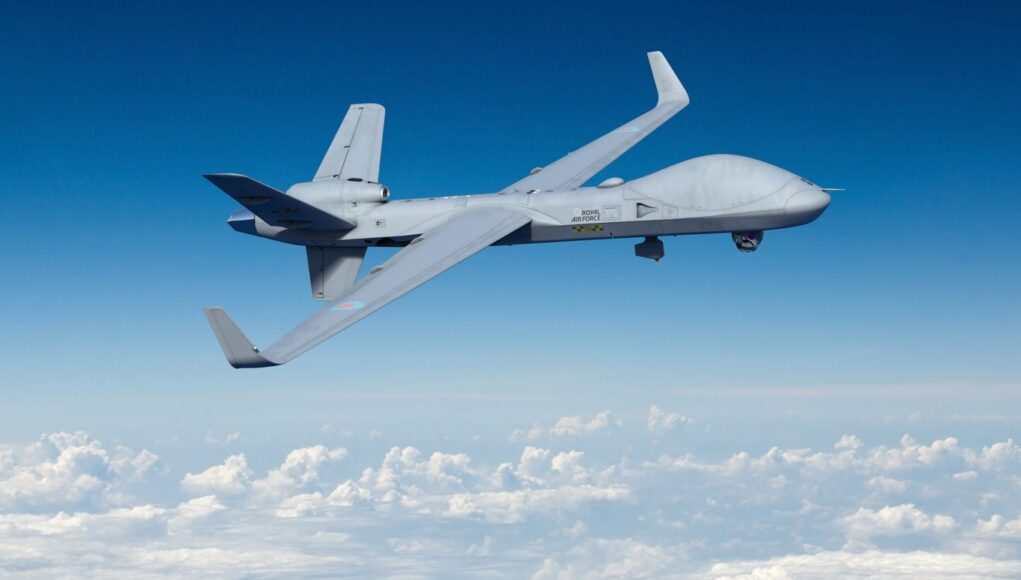
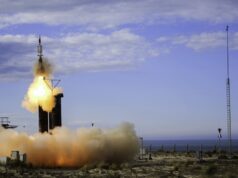
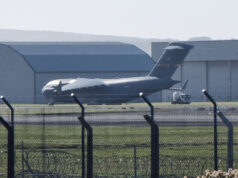

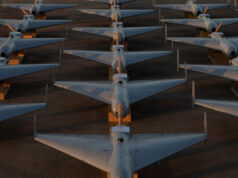

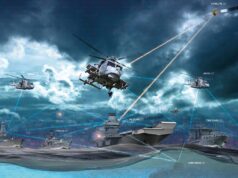

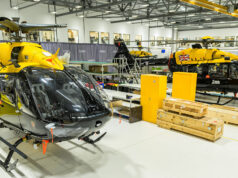

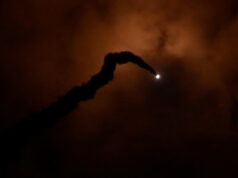

We need more of these to work with the fact that we have so few poseidon
Forgive my ignorance but could it do the same job as poseidon, or just supplement it?
No. The Poseidon can carry sonobouys, torpedoes, and anti-ship missiles, including LRASM. They are supplemental to the Poseiden.
GA have already dropped sonobuoys from SeaGuardian and are planning torpedoes. No reason why anti ship missiles up to JSM size couldn’t be carried, either.
But I agree that these UAS can never fully replace Poseidon.
Possibly, these things cut their teeth in low intensity conflicts where they excelled. Don’t see many more Iraq/Afghan/Syria situations anytime soon. 16 isn’t great but will do for now.
Well we started with I recall 4 Predator. Expanded to 10 Reaper. So 16 isn’t bad. Cameron talked of 24.
If there was a choice between the two I’d spend the money on more P8.
On that we should be keeping the reapers and converting them to mohave spec
Agree we should keep them.
I’d not spend on updating them, but keep them where they are in the Middle East, providing overwatch and carrying out Signals Intelligence ( yes, they do this )
They have never flown in the UK. They have great use where they are.
Keep them there, it saves our Protectors for other tasks, such as the maritime role mentioned above.
I assume bandwidth isn’t an issue running both.
DM
These UAVs are remotely piloted from a container sitting in a hangar on a UK RAF base, so each requires two aircrew and a specialist advisor plus the maintenance crew in theatre. So that’s a lot of bandwidth.
Running both types would require two sets of operators and sustainment specialists. A bit more than twice the people bandwidth during the transition from IOC to FOC, probably.
Presumably these new UAVs don’t have to stay in theatre because they are capable of safe passage in controlled airspace. No idea if they would squawk on ADB so that all parties can see them. ADB out is a requirement for controlled airspace so I’d expect that was one requirement for type approval. Not being in theatre enables a UK maintenance crew, presumably easier than being far away. I guess the same UK base would have some hangar space available besides the containers that are there now, and be a logical location for the aircrew of both types. A new squadron for the new type, perhaps..
AbsolutleY agree on the P8 DM!
Given how MQ9 is being regularly shot out of the air by the Houthis it’s probably best we take the entire fleet of 16 and re-task them for MPA over the North Atlantic and AEW from the carriers.
Such MALE platforms are incredibly useful over un contested air space but are just way too vulnerable to enemies with even rudimentary air defence.
Since P8 has EW defence this also answers the query could this UAV do the same job as P8 with a solid no since it can’t even defend itself.
Of course I don’t know if USN regards this UAV as attritable, I.e. acceptable to lose in preference to a manned FA18…
I believe that the current CSG Harry S Truman is 3 FA18 lost with 2 survived crews, 1 lost.
I’m not suggesting that’s acceptable to USN.
I don’t think a crew has been lost?
1 shot down by USS Gettysburg, crew ejected
1 lost overboard during manoeuvres, no crew onboard
1 lost during a failed night landing, crew ejected
Thanks for your correction.
Ejection seems a savage procedure until you consider the alternative.
Martin-Baker aircrew saves are in the many thousands, I recall. Obviously a huge saving when the six figure training costs are considered and of course aircrew are priceless to their families.
Typically not too many SAM’s to worry about in the GIUK gap. If the Russians start shooting them down we have a bigger problem.
The maritime domain seems to be the only truly sustainable area where MQ9B can operate to its full potential in a state on state conflict.
This is one of the areas where the SDR could demonstrate its NATO first credentials, by converting our fleet to MPAs in support of Poseidon around the UK and beyond. Perhaps a further order could include STOL kits for carrier ASW and AEW?
The game of cat and mouse in international waters and areas of interest seems to be a lot to do with critical infrastructure aside from the ASW role.
Those pesky RF trawlers that catch no fish (spy ships) have been mapping infrastructure for decades. We can only speculate on their role as mother ships for submersible manned or unmanned but RN transition from Minesweepers to mother ships seems like a good clue.
The Nordstream 2 pipeline blast has been invested but not attributed to any agency or country. On the follow the money principal, the loss to an act of terrorism ensures that Gazprom are not liable for contractual default thus saving them millions. Also an opportunity for the terrorist state to intimidate other nations with infrastructure in the Baltic Sea, so all of them. Showing that remote operated explosives work puts all civilian infrastructure at credible risk. Time to find those devices and build countermeasures.
I would hope that intellectual property of GA is being safeguarded, and the national interest of UK Belgium, Canada, Poland, Japan, Taiwan, and the U.S. because india has a long record of military collaboration with the RF terrorist state. They cannot be allowed to transfer this technology by local manufacturing within india. Of course that’s an eventual cost saving measure and transfer of skills, however the security risk is completely unacceptable, just like local manufacturing or LM F35.
The previous administration held Türkiye to account for putting F35 at risk with their S400 purchase, yet the current administration is happy to put all LM F35 sales at risk by selling to india. Serious incompetence with national security both of USA and former Allies…